-
 Bitcoin
Bitcoin $113000
1.72% -
 Ethereum
Ethereum $4606
0.40% -
 XRP
XRP $3.005
0.08% -
 Tether USDt
Tether USDt $1.000
0.01% -
 BNB
BNB $869.8
1.44% -
 Solana
Solana $213.3
4.42% -
 USDC
USDC $0.9998
-0.01% -
 Dogecoin
Dogecoin $0.2234
1.60% -
 TRON
TRON $0.3495
0.18% -
 Cardano
Cardano $0.8675
0.91% -
 Chainlink
Chainlink $23.82
-2.20% -
 Hyperliquid
Hyperliquid $48.12
-1.50% -
 Ethena USDe
Ethena USDe $1.001
0.00% -
 Sui
Sui $3.489
1.70% -
 Stellar
Stellar $0.3816
-0.99% -
 Cronos
Cronos $0.3517
53.92% -
 Bitcoin Cash
Bitcoin Cash $556.1
0.18% -
 Avalanche
Avalanche $24.48
0.24% -
 Hedera
Hedera $0.2393
-0.36% -
 UNUS SED LEO
UNUS SED LEO $9.523
-0.12% -
 Litecoin
Litecoin $113.5
0.48% -
 Toncoin
Toncoin $3.172
0.75% -
 Shiba Inu
Shiba Inu $0.00001260
1.06% -
 Polkadot
Polkadot $3.951
2.22% -
 Uniswap
Uniswap $10.03
1.46% -
 Dai
Dai $0.0000
0.00% -
 Bitget Token
Bitget Token $4.600
-1.25% -
 Monero
Monero $274.5
0.76% -
 Aave
Aave $320.9
-2.35% -
 Pepe
Pepe $0.00001016
0.30%
How to get started with the KuCoin API?
Set up your KuCoin API keys securely, choose minimal permissions, and use REST or WebSocket for trading, market data, and real-time updates.
Aug 28, 2025 at 01:01 pm

Understanding the KuCoin API Basics
1. The KuCoin API allows users to interact programmatically with the KuCoin exchange platform. By leveraging the API, traders and developers can retrieve market data, manage orders, and automate trading strategies. To begin, you must have a registered KuCoin account and enable two-factor authentication for security.
2. Navigate to the KuCoin developer portal to access API documentation and generate your API keys. During creation, you will be prompted to set permissions—choose carefully based on intended use, such as read-only access for market data or trading permissions for order execution.
3. Each API key consists of three components: the key itself, a secret key, and a passphrase. These must be stored securely. The secret key and passphrase are only shown once during creation, so record them immediately.
4. KuCoin supports both REST and WebSocket APIs. The REST API is ideal for one-time requests like fetching account balances or placing orders. WebSocket is recommended for real-time data streaming, such as live price updates or order book changes.
5. Rate limits are enforced to prevent system abuse. Public endpoints typically allow more requests per minute than private ones. Exceeding limits may result in temporary IP bans, so implement request throttling in your application.
Setting Up Your Development Environment
1. Choose a programming language that supports HTTP requests and JSON parsing. Popular options include Python, JavaScript (Node.js), and Go. Python libraries like requests simplify API interactions.
2. Install necessary dependencies. For Python, use pip to install packages such as requests and python-dotenv to manage API credentials securely. Avoid hardcoding keys in your source files.
3. Create a configuration file to store your API key, secret, and passphrase. Use environment variables to reference these values in your code, reducing the risk of accidental exposure, especially when using version control systems.
4. Write a basic script to authenticate and send a simple request, such as retrieving the server time or a list of supported trading pairs. This verifies that your credentials are valid and your environment is correctly configured.
5. Implement error handling to manage common issues like network timeouts, invalid signatures, or authentication failures. Logging responses helps debug issues during development.
Executing Trades and Managing Orders
1. To place an order, use the private trading endpoint with the required parameters: symbol, side (buy/sell), type (limit/market), and size or funds. For limit orders, include a price. Ensure your account has sufficient balance in the relevant currency.
2. After submitting an order, KuCoin returns an order ID. Use this ID to check the order status, modify, or cancel it. Polling the order endpoint too frequently may trigger rate limits, so space out requests or use WebSocket for live updates.
3. Implement order lifecycle management in your application. Track filled, partially filled, and canceled orders. Store historical order data locally if needed for analytics or compliance.
4. Use the account endpoint to retrieve wallet balances. Differentiate between available, frozen, and total balances. This helps prevent failed orders due to insufficient funds.
5. Monitor transaction history and withdrawal records through the API. Set up alerts for large withdrawals or unexpected balance changes to enhance security.
Frequently Asked Questions
What permissions should I grant my API key?Assign minimal required permissions. For example, use 'Read' for market data, 'Trade' for placing orders, and avoid 'Withdrawal' unless absolutely necessary. Restricting permissions limits potential damage if keys are compromised.
How do I handle API authentication signatures?KuCoin uses HMAC-SHA256 to sign requests. The signature is generated using the secret key, timestamp, and request details. The timestamp must match the one sent in the header and should be in ISO 8601 format. Incorrect timestamps or signatures result in authentication errors.
Can I use the KuCoin API for margin trading?Yes, the API supports margin trading functionalities. You can query margin accounts, borrow funds, and manage leveraged positions. These actions require specific permissions and are subject to risk controls enforced by KuCoin.
Is there a sandbox environment for testing?KuCoin provides a demo trading environment where you can test API integration without risking real funds. Enable demo mode in your account settings and use the same API endpoints with simulated balances.
Disclaimer:info@kdj.com
The information provided is not trading advice. kdj.com does not assume any responsibility for any investments made based on the information provided in this article. Cryptocurrencies are highly volatile and it is highly recommended that you invest with caution after thorough research!
If you believe that the content used on this website infringes your copyright, please contact us immediately (info@kdj.com) and we will delete it promptly.
- South Korean Lawmakers Go Crypto: Bitcoin, XRP, and the Future of Finance
- 2025-08-28 17:10:13
- Magna Partners with SecondSwap: Unlocking Liquidity for Locked Tokens
- 2025-08-28 17:10:13
- Ethereum Recovery, Ozak AI, and Upside Potential: A New Crypto Landscape
- 2025-08-28 17:45:15
- Ozak AI Presale: Chasing 100x Returns in the Wild West of Crypto
- 2025-08-28 18:05:15
- Zora Price: Whale Accumulation Hints at Bullish Turnaround?
- 2025-08-28 18:05:15
- Ether ETFs Surge: Bitcoin Takes a Backseat as Inflows Explode
- 2025-08-28 15:25:22
Related knowledge
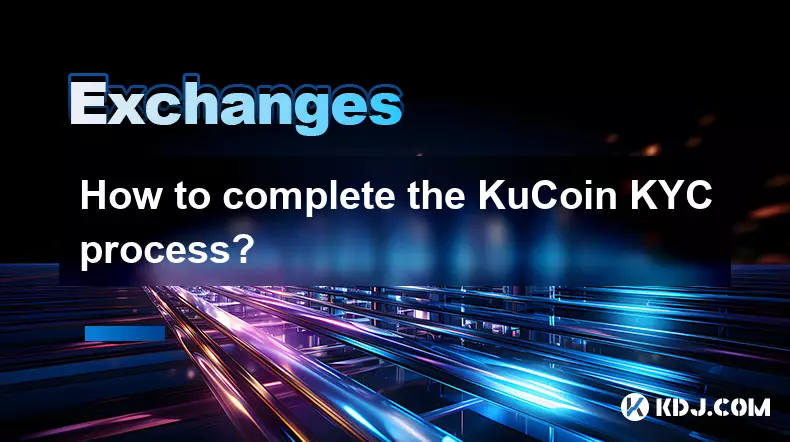
How to complete the KuCoin KYC process?
Aug 28,2025 at 03:28pm
Understanding the Importance of KYC on KuCoin1. KuCoin, like many centralized cryptocurrency exchanges, requires users to complete Know Your Customer ...
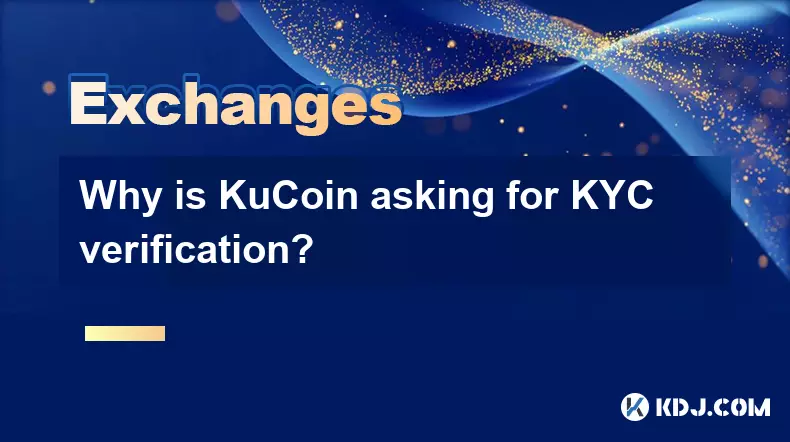
Why is KuCoin asking for KYC verification?
Aug 28,2025 at 05:14pm
Understanding the Need for KYC on KuCoin1. Regulatory compliance is a primary reason KuCoin requires KYC verification. As global financial regulations...
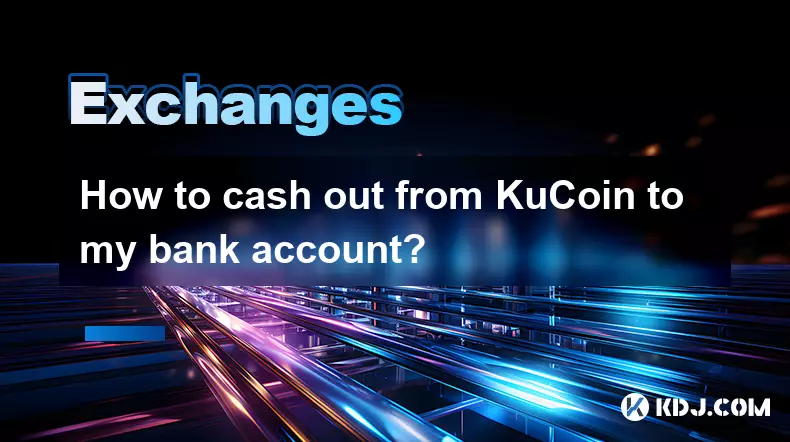
How to cash out from KuCoin to my bank account?
Aug 28,2025 at 04:28pm
Understanding the Process of Withdrawing from KuCoin1. KuCoin is a global cryptocurrency exchange that allows users to trade various digital assets. W...
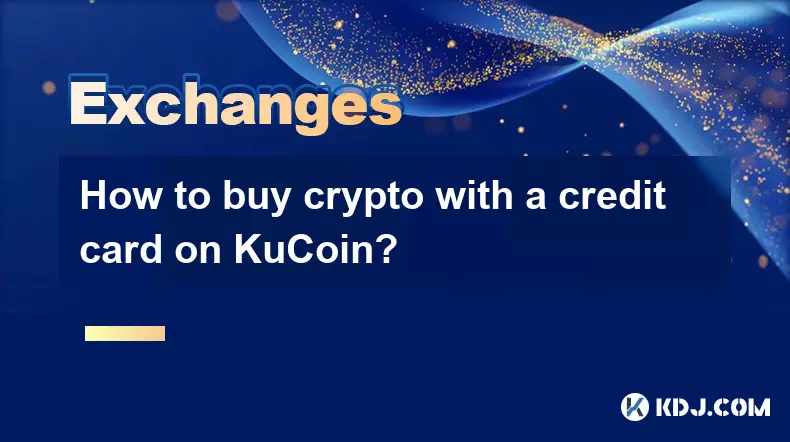
How to buy crypto with a credit card on KuCoin?
Aug 28,2025 at 05:28pm
How to Purchase Cryptocurrency Using a Credit Card on KuCoinBuying digital assets with a credit card on KuCoin is a streamlined process designed for b...
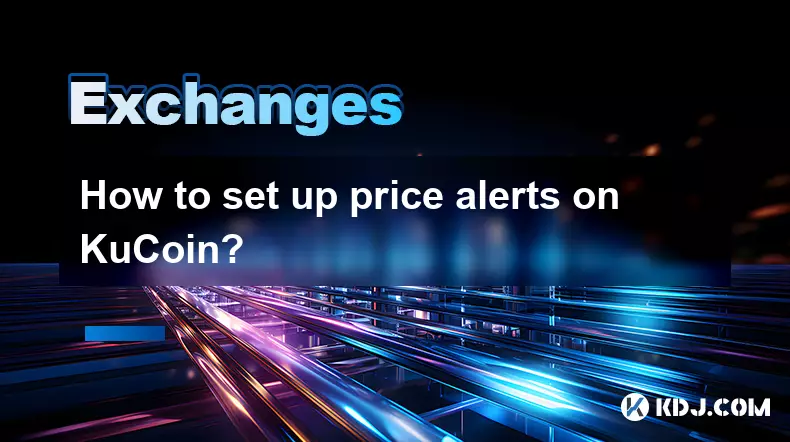
How to set up price alerts on KuCoin?
Aug 28,2025 at 02:56pm
Understanding Price Alerts on KuCoin1. Price alerts on KuCoin allow traders to stay informed about significant movements in cryptocurrency values with...
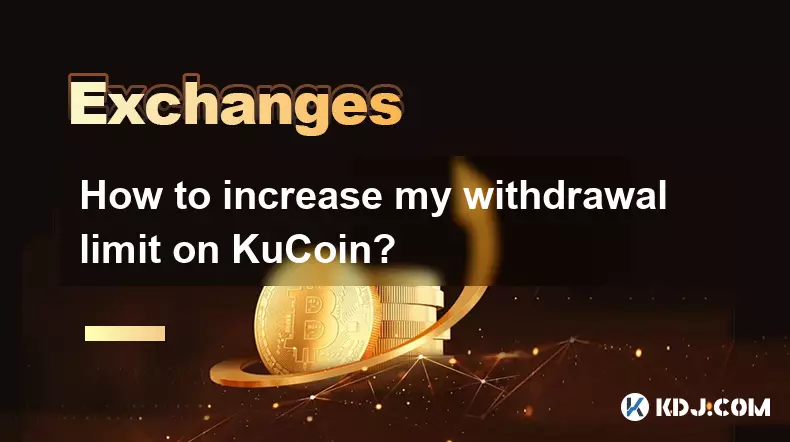
How to increase my withdrawal limit on KuCoin?
Aug 28,2025 at 06:14pm
Understanding KuCoin’s Withdrawal Limit Structure1. KuCoin enforces withdrawal limits to enhance account security and comply with anti-money launderin...

How to complete the KuCoin KYC process?
Aug 28,2025 at 03:28pm
Understanding the Importance of KYC on KuCoin1. KuCoin, like many centralized cryptocurrency exchanges, requires users to complete Know Your Customer ...

Why is KuCoin asking for KYC verification?
Aug 28,2025 at 05:14pm
Understanding the Need for KYC on KuCoin1. Regulatory compliance is a primary reason KuCoin requires KYC verification. As global financial regulations...

How to cash out from KuCoin to my bank account?
Aug 28,2025 at 04:28pm
Understanding the Process of Withdrawing from KuCoin1. KuCoin is a global cryptocurrency exchange that allows users to trade various digital assets. W...

How to buy crypto with a credit card on KuCoin?
Aug 28,2025 at 05:28pm
How to Purchase Cryptocurrency Using a Credit Card on KuCoinBuying digital assets with a credit card on KuCoin is a streamlined process designed for b...

How to set up price alerts on KuCoin?
Aug 28,2025 at 02:56pm
Understanding Price Alerts on KuCoin1. Price alerts on KuCoin allow traders to stay informed about significant movements in cryptocurrency values with...

How to increase my withdrawal limit on KuCoin?
Aug 28,2025 at 06:14pm
Understanding KuCoin’s Withdrawal Limit Structure1. KuCoin enforces withdrawal limits to enhance account security and comply with anti-money launderin...
See all articles
























































































